Papaya (Carica papaya) is a tropical fruit that is not only delicious but also incredibly nutritious. Known for its juicy orange flesh and sweet, musky flavor, papaya is rich in vitamin C, vitamin A, antioxidants, and digestive enzymes like papain. It’s no surprise that papaya is widely consumed in fresh, dried, and processed forms around the world. While many countries cultivate papaya, only a few dominate the global export market, making it a significant crop in terms of both agriculture and international trade.
In this article, we explore which country holds the title of the largest papaya exporter in the world, and why. We’ll examine global production trends, export statistics, key trade partners, and the factors contributing to this country’s success in the papaya trade. This comprehensive analysis will give a full understanding of the international papaya industry, especially for academic and research purposes.
Global Papaya Production: An Overview
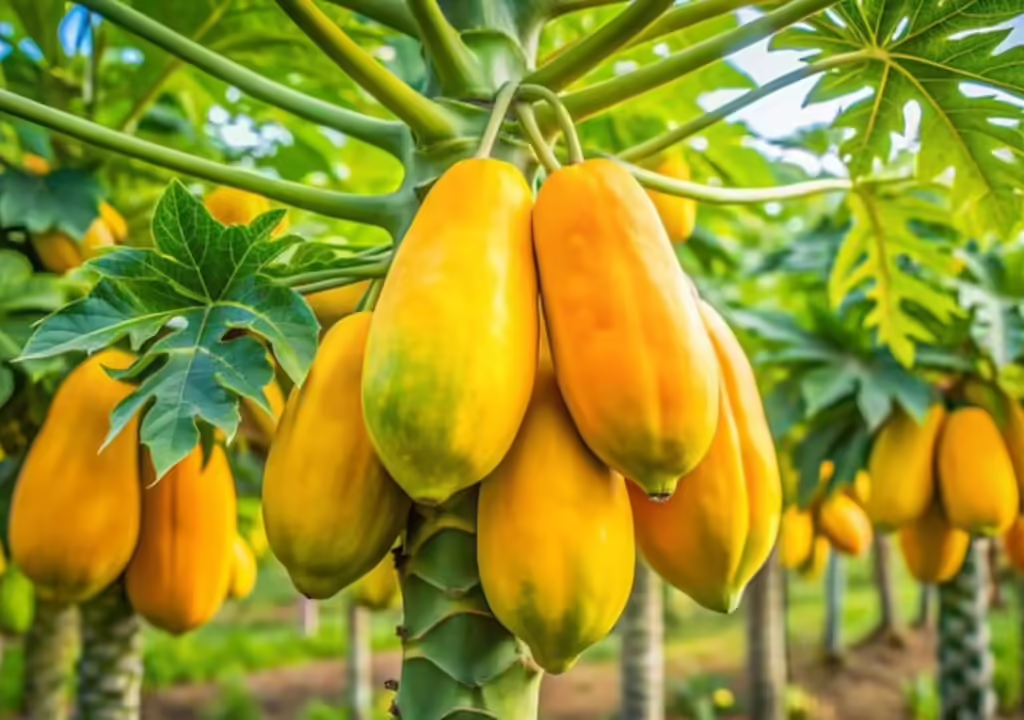
Papaya is primarily grown in tropical and subtropical regions. The plant thrives in warm climates with plenty of sunshine and well-drained soil. The top producers of papaya globally include:
- India (largest producer)
- Indonesia
- Nigeria
- Philippines
- Brazil
- Mexico
While India leads in papaya production by volume, its exports are relatively limited due to high domestic consumption. On the other hand, Mexico is the clear leader when it comes to papaya exports, supplying a major portion of the global market.
Mexico: The World’s Largest Papaya Exporter
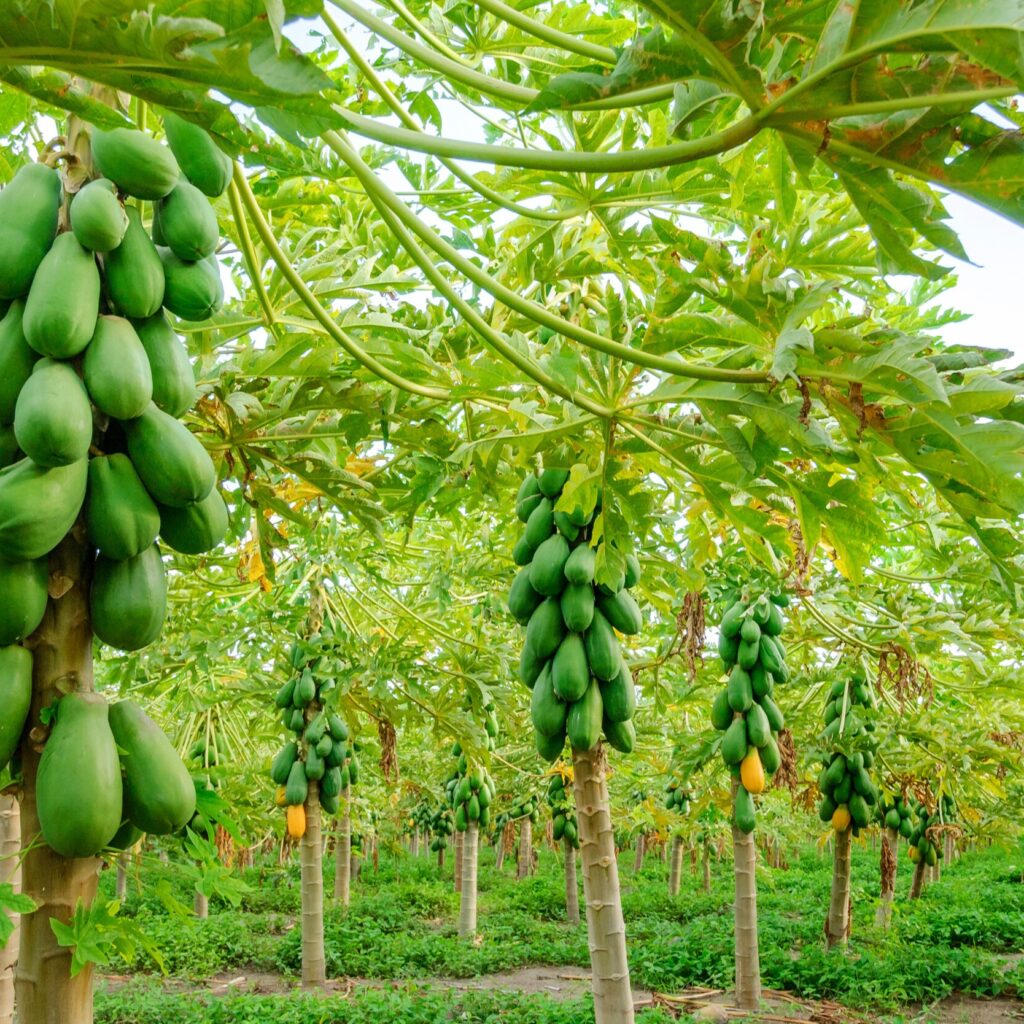
Export Volume and Share
According to the Food and Agriculture Organization (FAO) and international trade databases, Mexico is the largest exporter of papayas in the world, accounting for approximately 35–40% of global papaya exports. In recent years, Mexico has exported more than 160,000 metric tons of papayas annually, earning hundreds of millions of dollars in revenue.
The majority of these exports go to:
- United States
- Canada
- European Union countries
- Japan
Why Mexico Dominates the Export Market
Several factors contribute to Mexico’s leadership in papaya exports:
1. Geographic Proximity to Major Markets
Mexico shares a long border with the United States, the largest consumer of fresh papayas globally. This proximity allows for fast, cost-effective transportation, especially for a fruit as perishable as papaya. Most shipments reach the U.S. within 2–3 days, ensuring freshness and quality.
2. Favorable Climate and Soil
Mexico’s tropical and subtropical climate, especially in southern states like Oaxaca, Chiapas, Veracruz, and Colima, offers optimal growing conditions for papayas. Consistent temperatures and well-drained volcanic soils make it possible to harvest papayas year-round.
3. Infrastructure and Farming Practices
Mexican farmers and agribusinesses use modern irrigation systems, integrated pest management, and improved post-harvest handling techniques. This has significantly increased the yield and export quality of papayas.
4. Government and Industry Support
The Mexican government, through agencies like SAGARPA (Secretariat of Agriculture), provides training, certifications, and export support to papaya producers. Additionally, organizations like ProMéxico promote Mexican agricultural exports abroad.
Key Papaya Exporting Regions in Mexico
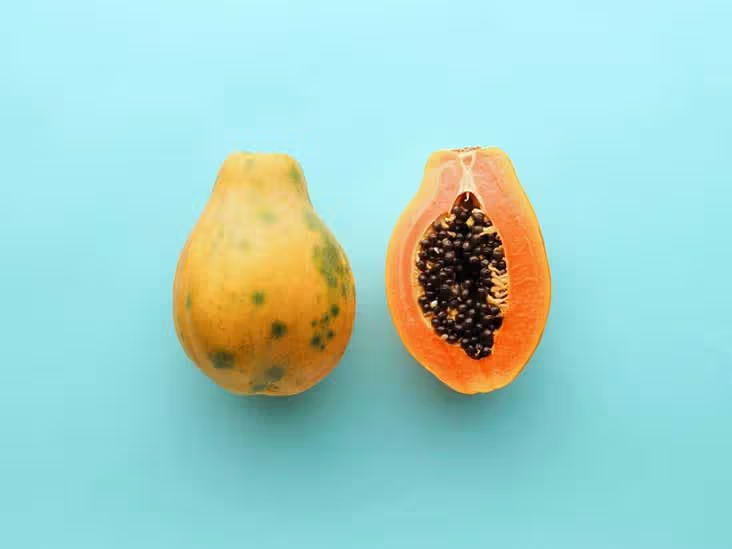
The main papaya-producing and exporting states in Mexico include:
- Colima – One of the leading exporters with ideal climate conditions and advanced farming methods.
- Veracruz – Known for high-quality papayas with excellent flavor.
- Chiapas – A major production hub with strong transportation links.
- Oaxaca and Campeche – Growing rapidly due to favorable investment and infrastructure development.
Popular Papaya Varieties Grown in Mexico
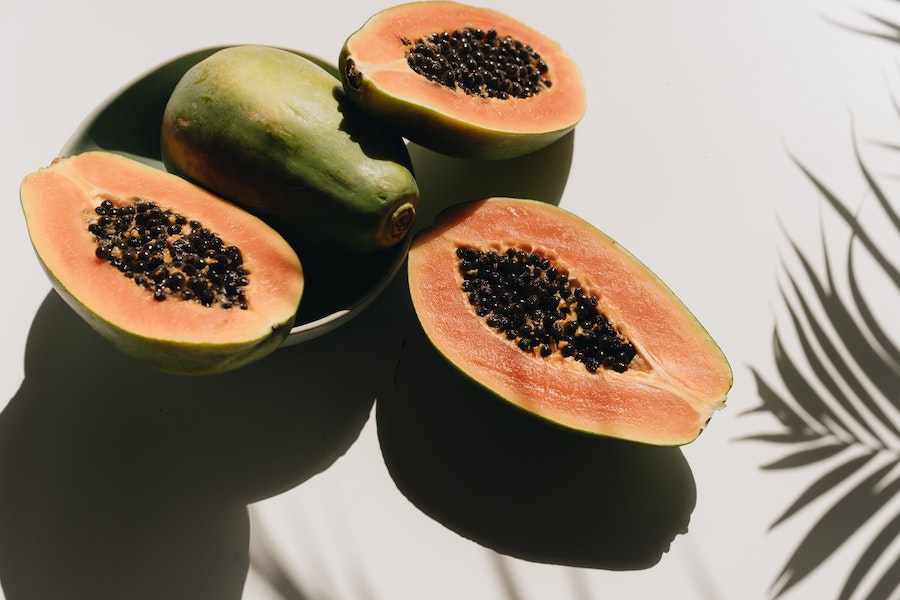
Mexico primarily exports the following papaya varieties:
1. Maradol
This is the most widely exported variety. It has large, oval-shaped fruits with orange-red flesh and sweet taste. Maradol is favored for its long shelf life and firmness, making it ideal for export.
2. Tainung
Originating from Taiwan, this variety is becoming increasingly popular due to its smaller size, high sugar content, and smooth skin.
3. Red Lady
A hybrid papaya with excellent disease resistance, early fruiting, and bright red flesh. It’s gaining popularity among organic farmers and small-scale exporters.
Top Importers of Mexican Papayas
1. United States
The U.S. imports more than 80% of its fresh papayas from Mexico, making it the most important trade partner. Cities like Los Angeles, Houston, and Miami are major distribution centers for imported papayas.
2. Canada
Canadian demand for fresh tropical fruit continues to rise, and Mexico benefits due to trade agreements and reliable logistics.
3. Europe and Asia
Though smaller markets than North America, countries like Germany, the Netherlands, and Japan import growing quantities of Mexican papayas, particularly in the offseason.
Challenges Facing Mexican Papaya Exporters
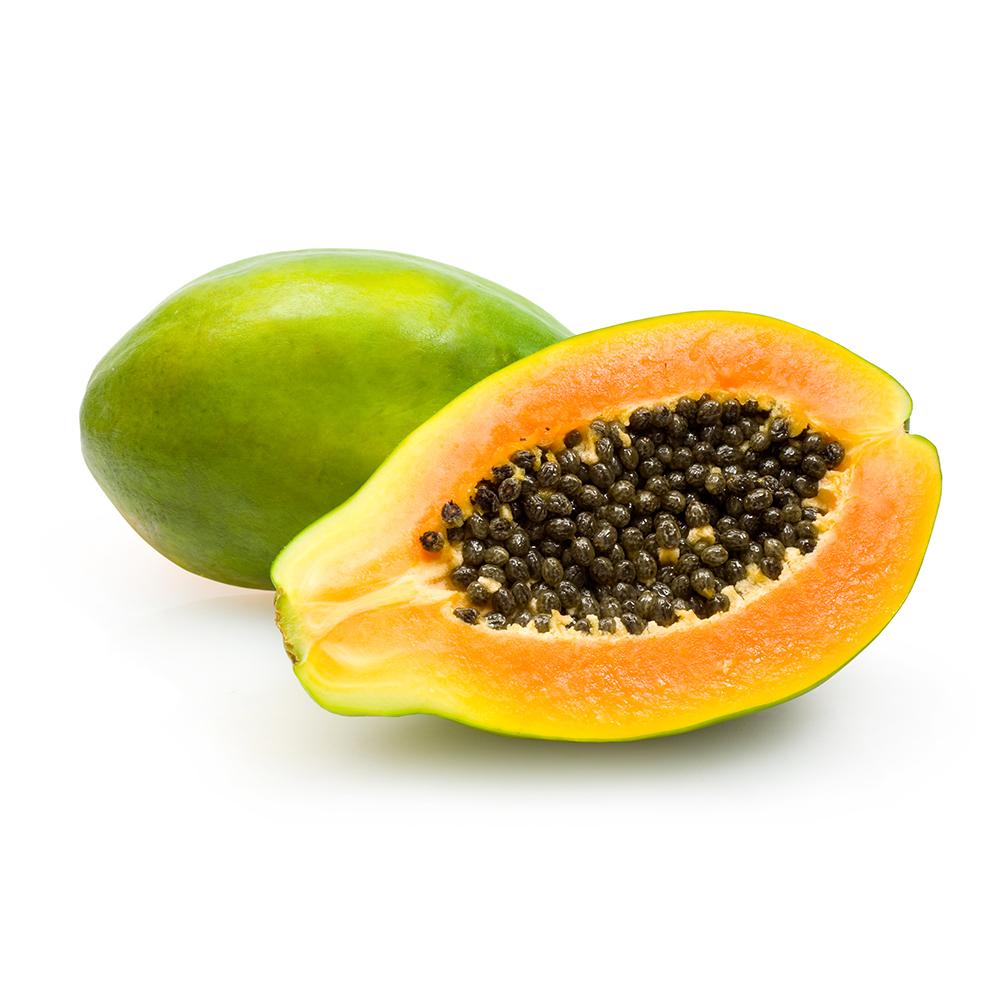
Despite its success, Mexico’s papaya industry faces several challenges:
1. Disease and Pest Issues
Papayas are vulnerable to Papaya ringspot virus (PRSV), anthracnose, and various fungal infections. These can reduce yields and affect export quality.
2. Labor Shortages
Agricultural labor availability has declined, especially during peak seasons. Harvesting and packing are labor-intensive processes requiring skilled workers.
3. Competition from Other Countries
Countries like Brazil, Guatemala, and the Philippines are expanding their papaya export industries, potentially threatening Mexico’s dominance.
4. Sustainability Concerns
Intensive papaya farming can lead to soil degradation and water resource strain. Sustainable farming practices are now essential to maintaining long-term viability.
Other Major Papaya Exporters
While Mexico leads, several other countries also contribute significantly to the global export market.
1. Brazil
Brazil is a major papaya producer and exporter, particularly to Europe. It produces varieties like Golden and Formosa, known for their sweetness and small size.
2. India
India is the largest producer of papaya in the world, but most of it is consumed domestically. Export volumes remain relatively low.
3. Philippines
The Philippines exports papayas primarily to Japan, Korea, and Hong Kong, and is expanding its market in Asia.
4. Guatemala
Guatemala exports smaller volumes to the U.S. and has become a competitive regional supplier due to proximity and low labor costs.
Economic Importance of Papaya Exports
Papaya exports provide significant benefits to Mexico’s economy:
- Job creation in rural communities
- Income for smallholder farmers and cooperatives
- Foreign exchange earnings
- Agricultural innovation and rural development
In regions like Colima and Chiapas, papaya cultivation is a key driver of economic growth and community stability.
Conclusion
To answer the thesis question clearly:
Mexico is the largest papaya exporter in the world.
Through its ideal climate, strong trade ties (especially with the U.S.), advanced farming techniques, and government support, Mexico dominates the international papaya market. While other countries like Brazil and the Philippines contribute to global exports, none match Mexico in volume, consistency, and quality.
As global demand for healthy tropical fruits continues to rise, Mexico is well-positioned to maintain and expand its leadership—so long as it continues to innovate, combat plant diseases, and adopt sustainable practices. The success of Mexico’s papaya industry is a compelling case study in how agriculture, trade policy, and geography intersect to shape global food markets.



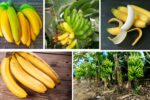

Leave A Comment